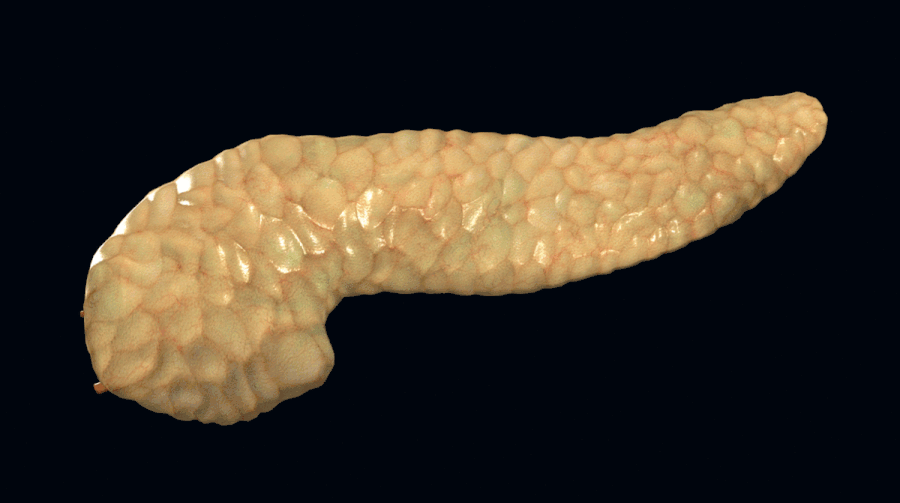
Pictured above is the pancreas, an organ that’s vital to the body’s regulation of blood sugar levels.
The condition known today as diabetes has been around for centuries, with cases traced as far back as ancient Egypt.
Diabetes Mellitus is coined from two words: the Greek word “diabetes”, which means “passing through” (ie the flow of urine), and the latin word “mellitus”, which means sweet ?.
In 1674, an English doctor named Thomas Willis described diabetic urine as “wonderfully sweet as if it were imbued with honey ? or sugar.” Can you imagine diagnosing Diabetes by tasting urine? ? Today’s advanced diagnostic tools and techniques have come a long way.
Diabetes occurs when the (glucose level in the blood is too high). This happens when the body is not burning up carbohydrates properly due to a defect in the pancreas, the gland that produces insulin – the hormone which keeps blood sugar levels within the normal healthy range.
There are two types of diabetes mellitus:
Type 1
Formally known as insulin dependent diabetes, which usually occurs before the age of 35 and is very common in children. A person with type 1 diabetes makes no insulin and therefore needs to inject insulin to regulate blood sugar levels and remain healthy.
Type 2
Non-insulin dependent diabetes – more commonly occurs in adults after the age of 40 and is quite common in old age. In this case, the person with diabetes makes some insulin however the insulin cannot function effectively.
Symptoms of untreated diabetes vary in intensity but may include:
- Lack of energy
- Tiredness
- Excessive thirst
- Frequent passing of urine
- Weight loss
- Blurring of vision
- Recurrent infection
It is recommended to contact your healthcare provider if you experience symptoms such as these, as early detection and management, as well as learning to be an active self manager, can vastly improve the quality of life of those with diabetes.
Better understand conditions such as diabetes with the world’s most advanced 3D anatomy atlas, in addition to courses covering a wide range of clinical correlates. Try it for FREE today.